Henry who?: Barbara Hepworth retrospective ’Sculpture for a Modern World’ opens at Tate Britain
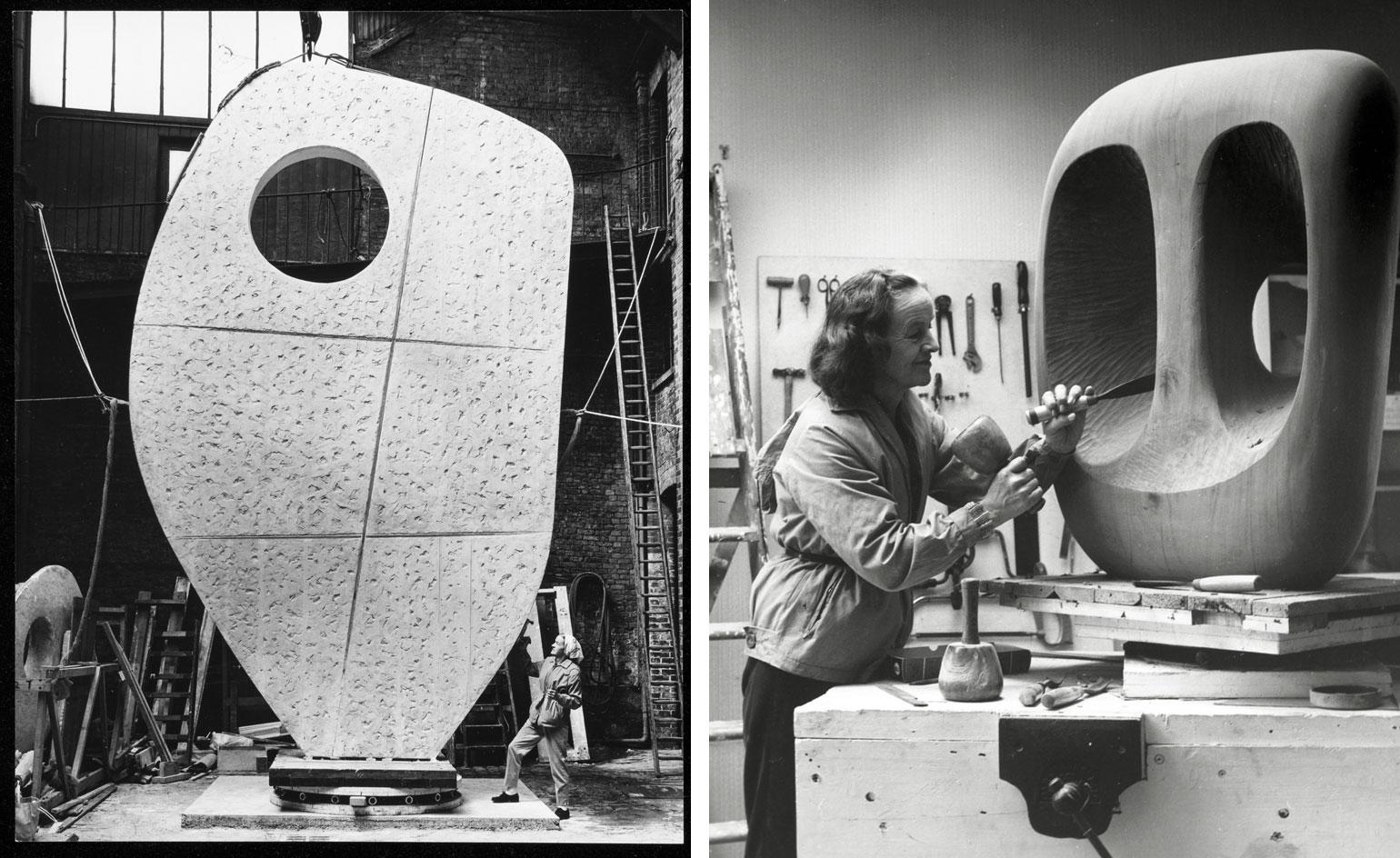
Barbara Hepworth always suffered from not being Henry Moore. Or, in fact, from not being any old Henry, John or Jacob. Sculpture being a man's business and all. Except, maybe it's not quite that simple. Certainly, Hepworth doesn't have the brand recognition that Moore does. But as a new retrospective at Tate Britain – her first for almost 50 years – makes clear, during the 1950s and 60s Hepworth was an artist of international standing in the way that Moore never really was. In 1950 she flew the flag at the Venice Biennale – and it's a Barbara Hepworth in Manhattan's UN Plaza, not a Henry Moore.
'Barbara Hepworth: Sculpture for a Modern World' is recognition that Hepworth's stock has been rising exponentially in recent years; that her abstracts now resonate more powerfully than Moore's looming figures and that her carvings in African hardwood have aged remarkably well. She certainly gets name-checked more than often than Moore these days, by designers if not artists. Hepworth is a true modernist icon in ways Moore is not.
It seems that Hepworth had planned that all along. One of the more fascinating elements of the show are her photographic collages, which first appeared in The Architectural Review in 1939, placing her works alongside modernist houses by the likes of Neutra. This now feels like a very smart move, positioning her work as part of the broader modernist project (and ensuring that she is now fetishised by the same people who fetishise Case Study Houses and Finn Juhl sofas). Indeed, the exhibition makes clear how much care and attention Hepworth – the toughest of cookies – paid to show her work was well represented in art magazines and beyond.
Another joy of the show is a room dedicated to the marvelous Gerrit Rietveld Pavilion at the Kröller-Müller Museum in Otterlo, Holland, which has housed a permanent installation of Hepworth's work since 1965. For this exhibition, Tate Britain worked with architect Jamie Fobert and students of the RCA to create a temporary take on the Pavilion, housing six works from the late 1950s and early 60s.
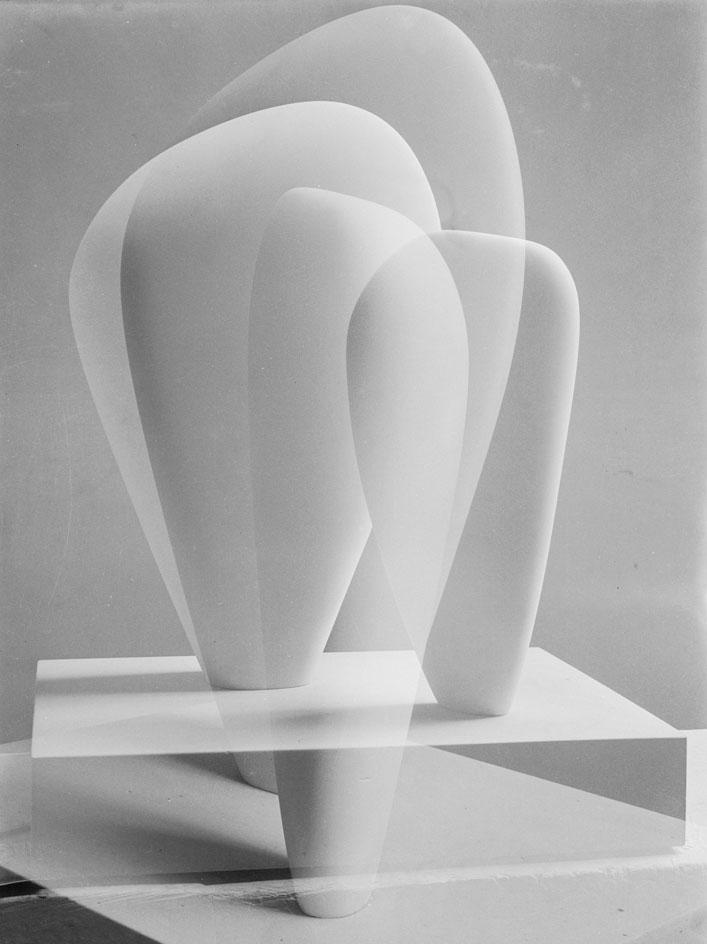
The retrospective displays over 100 artworks, including both her most significant sculptures in wood, stone and bronze, and lesser-known works.

With round and sensuous shapes carved directly into heavy materials, Hepworth created a form of raw serenity.
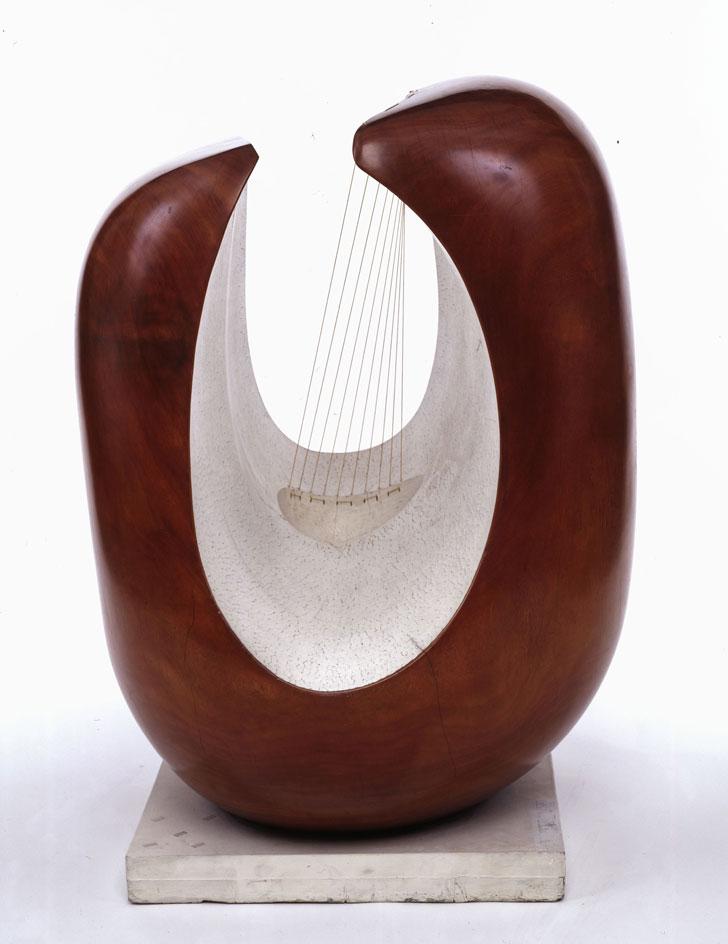
Powerfully evocative, Hepworth's sculptures nonetheless remain essential in form. Dove, for instance, adopts the shape of a modernist harp.

'Barbara Hepworth: Sculpture for a Modern World' is recognition that Hepworth's stock has been rising exponentially in recent years; that her abstracts now resonate more powerfully than Moore's looming figures and that her carvings in African hardwood have aged remarkably well.

The show chronologically follows Hepworth's artistic footsteps, starting out with her smaller figurative sculptures from the 1920s and culminating with the larger abstract pieces of the 1950s and 60s.

Hepworth's struggle as a woman to make it in the artistic world is an overarching theme throughout the show. Almost exclusively surrounded by men, Hepworth demonstrated a rigour in her work which seemed to exceed the desire to create and further suggested a motivation to break through.
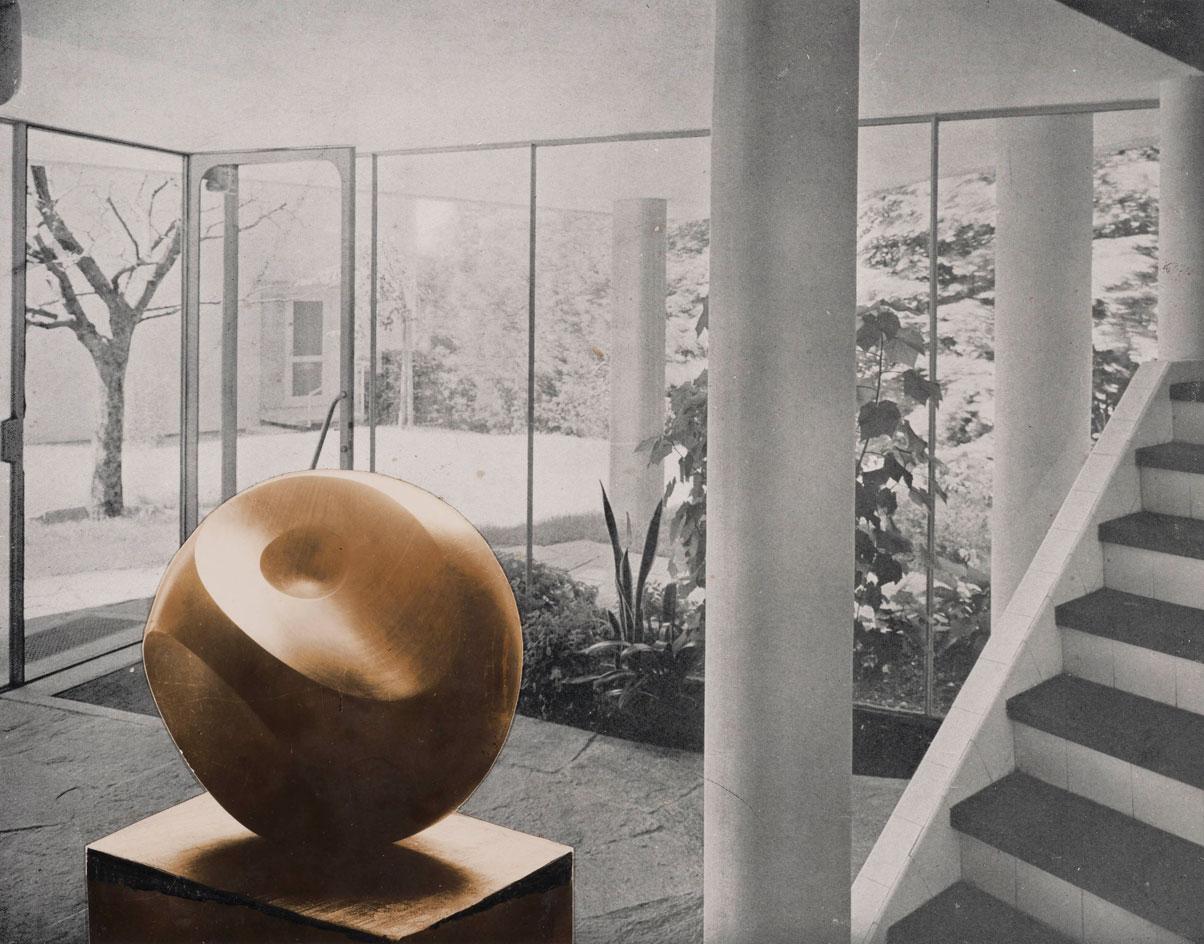
The show contains contextual multimedia such as magazines and photographs to complement the artist's work, and demonstrate its critical reception over the years.
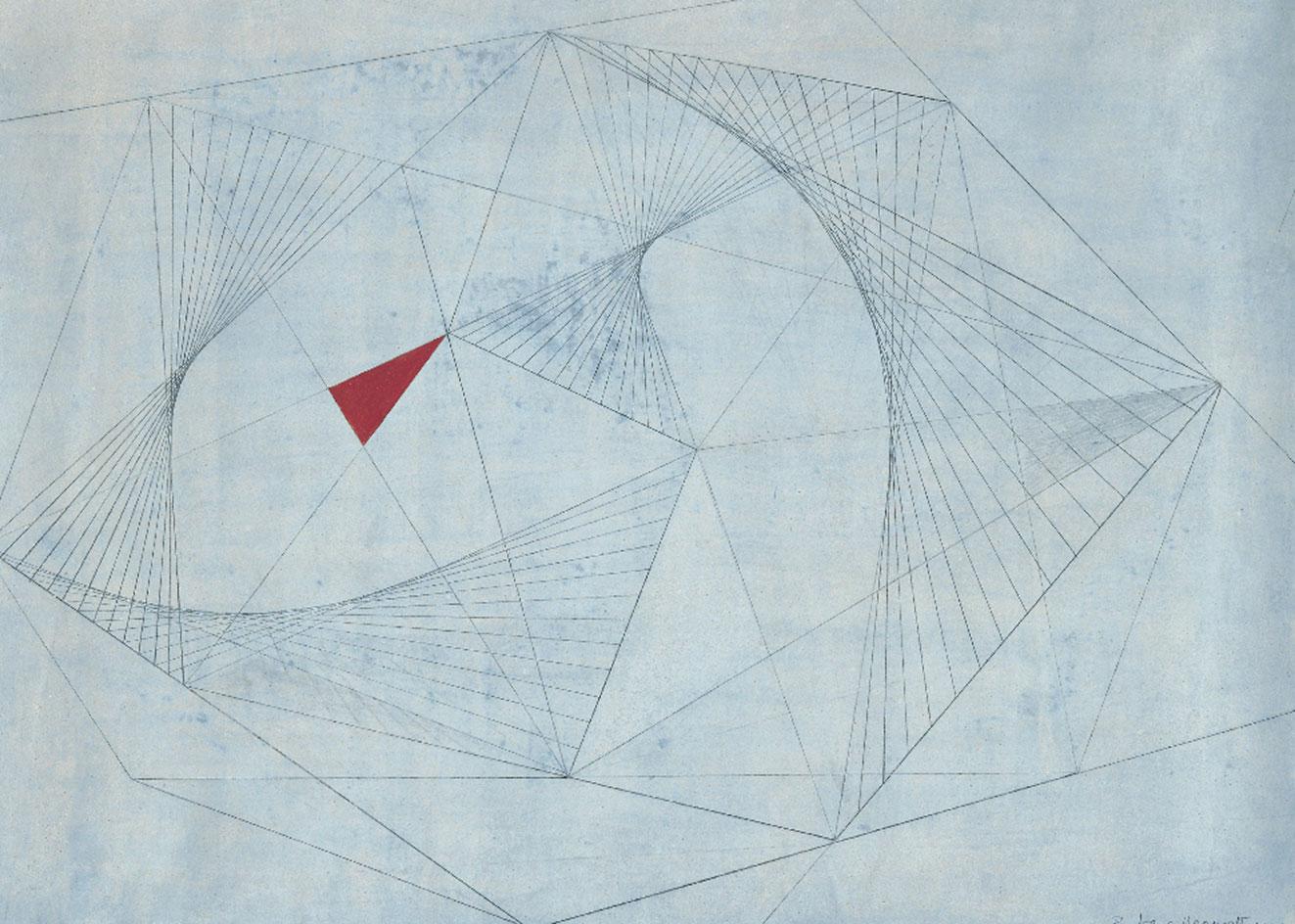
Sketches also surround the material manifestations of her work, so as to demonstrate her creative process.

Oval Form (Trezion) was made in 1961 – 63: the years in which she more consistently created large, abstract sculptures.

Hepworth's works were meant to exist outside as environmental installations. 'All my sculpture comes out of landscape,' she wrote in 1943.
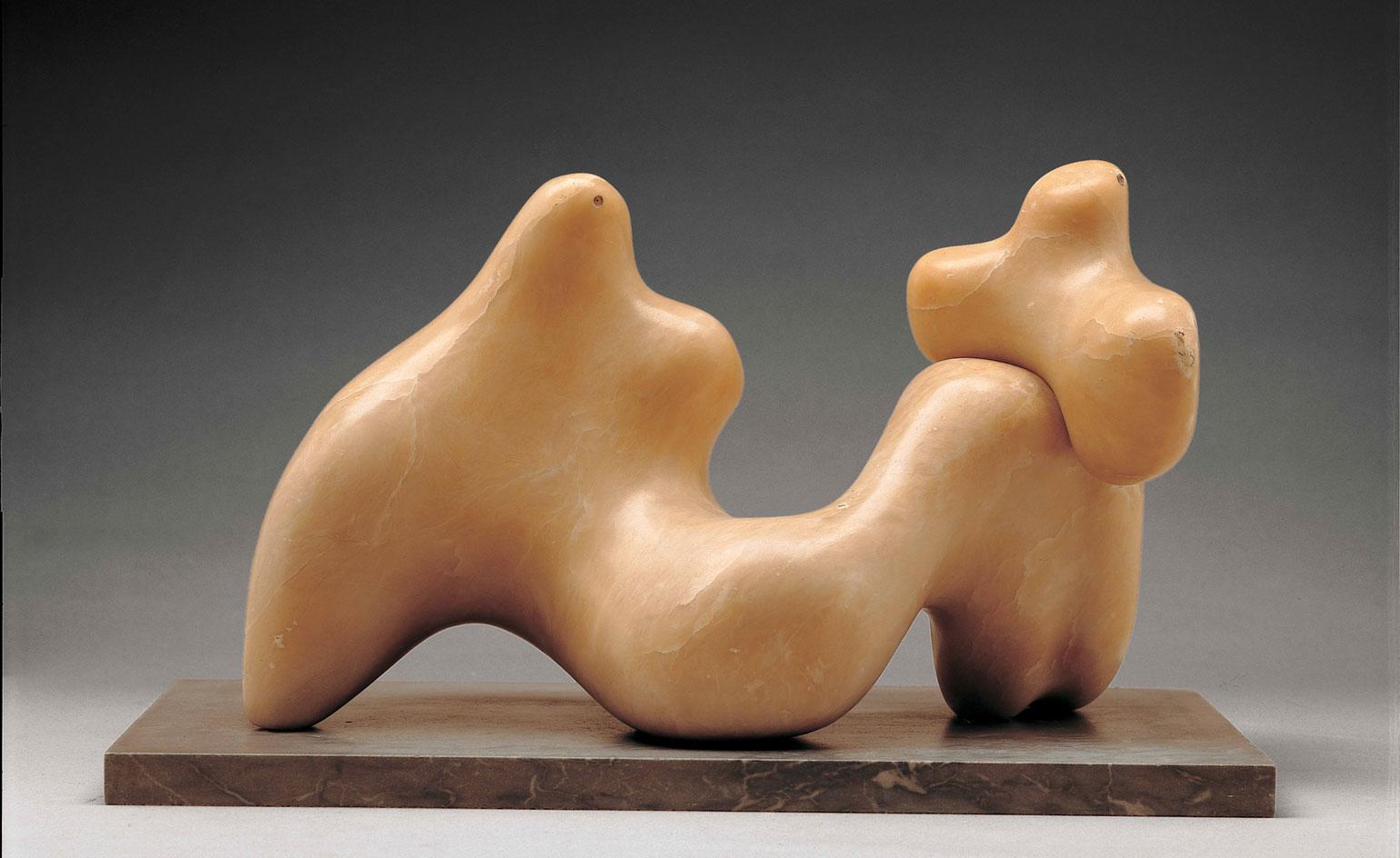
Hepworth's retrospective at Tate Britain emphasises the importance and meaningful endurance of her works.
ADDRESS
Tate Britain
Millbank
London, SW1P 4RG
Receive our daily digest of inspiration, escapism and design stories from around the world direct to your inbox.
-
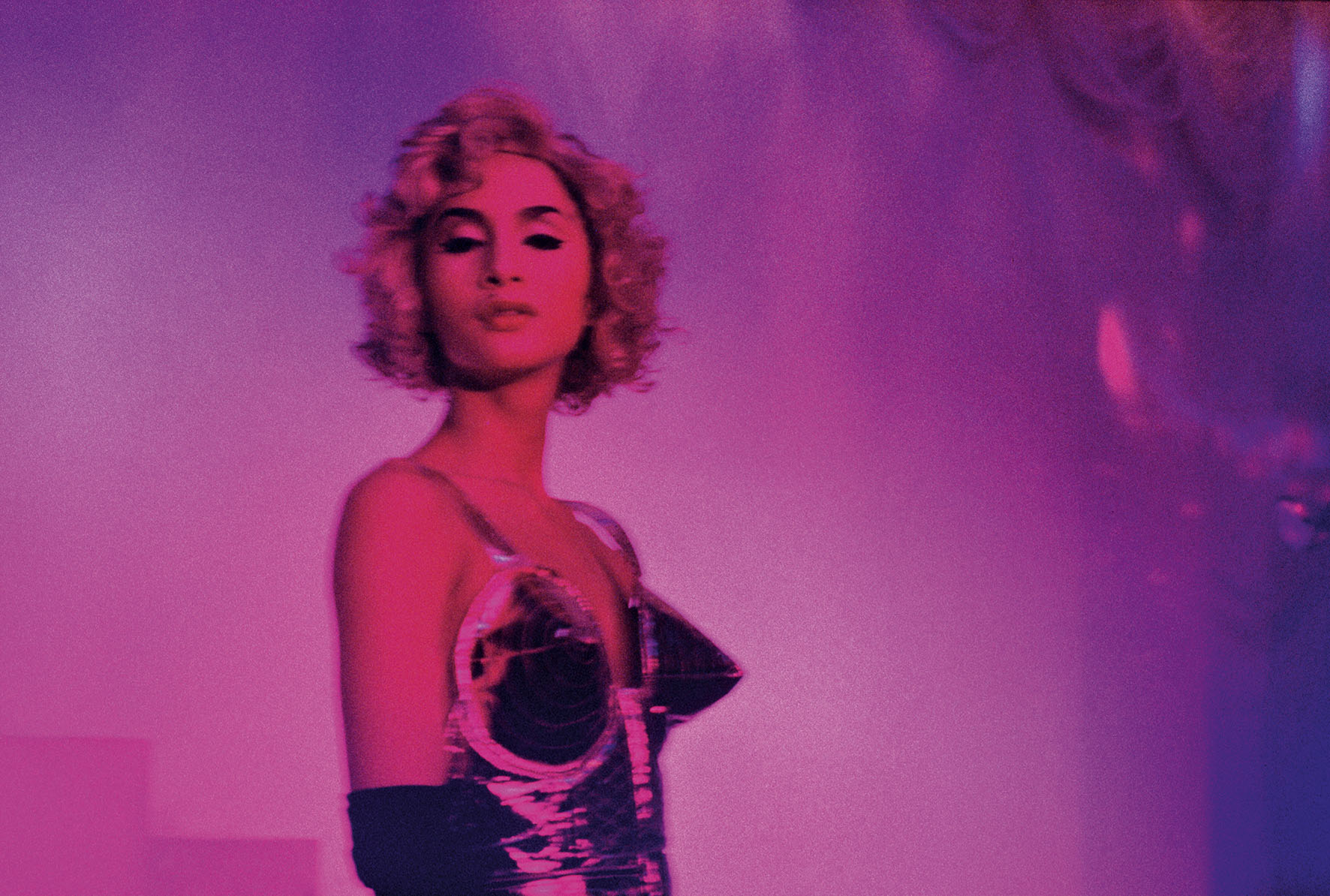 The most comprehensive showing of Nan Goldin’s photographs and films is intense and emotional
The most comprehensive showing of Nan Goldin’s photographs and films is intense and emotionalNan Goldin's moving-image work makes a heavy impact in ‘This Will Not End Well’ at Milan’s Pirelli HangarBicocca
-
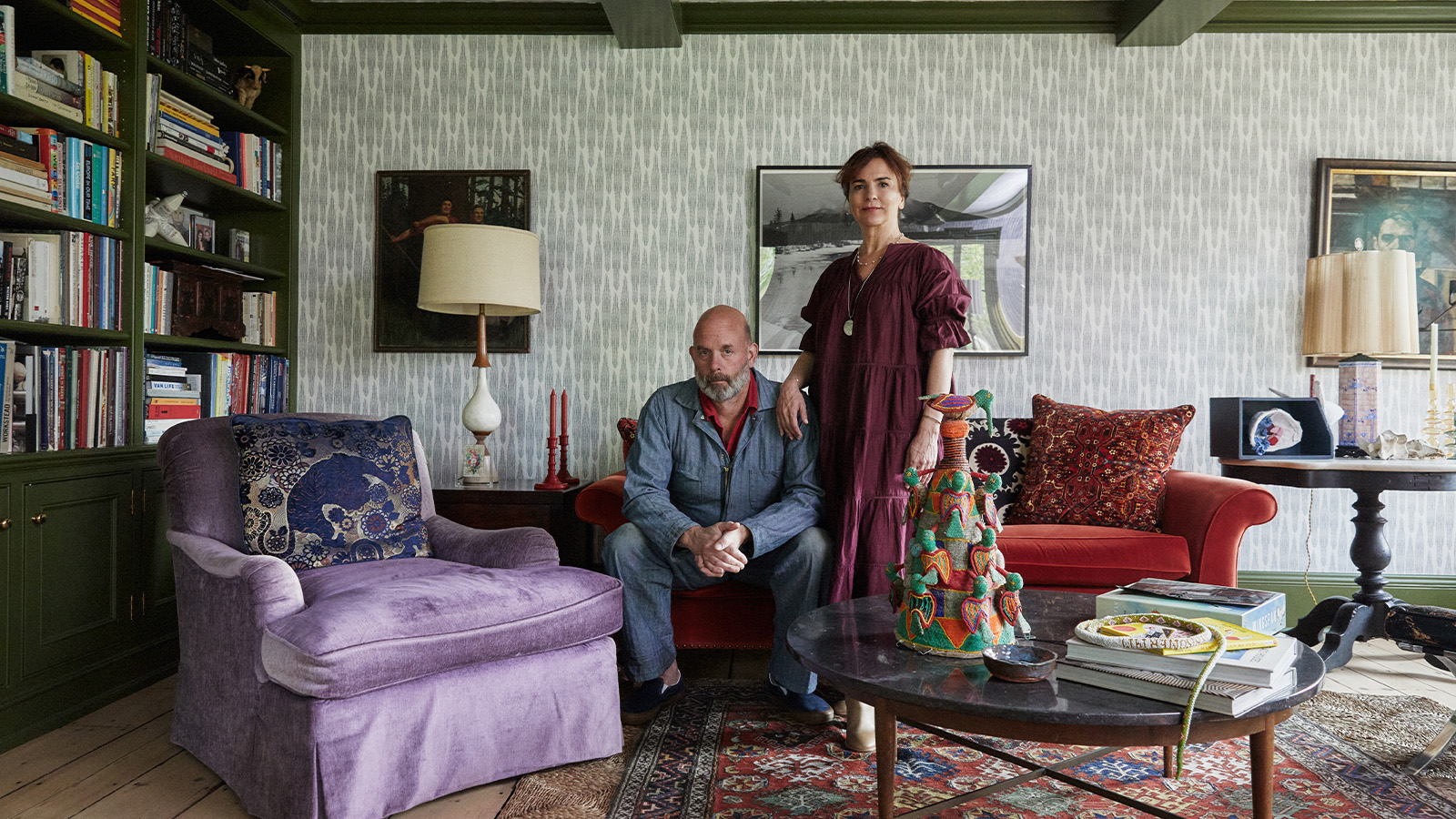 How We Host: Interior designer Heide Hendricks shows us how to throw the ultimate farmhouse fête
How We Host: Interior designer Heide Hendricks shows us how to throw the ultimate farmhouse fêteThe designer, one half of the American design firm Hendricks Churchill, delves into the art of entertaining – from pasta to playlists
-
 Arbour House is a north London home that lies low but punches high
Arbour House is a north London home that lies low but punches highArbour House by Andrei Saltykov is a low-lying Crouch End home with a striking roof structure that sets it apart
-
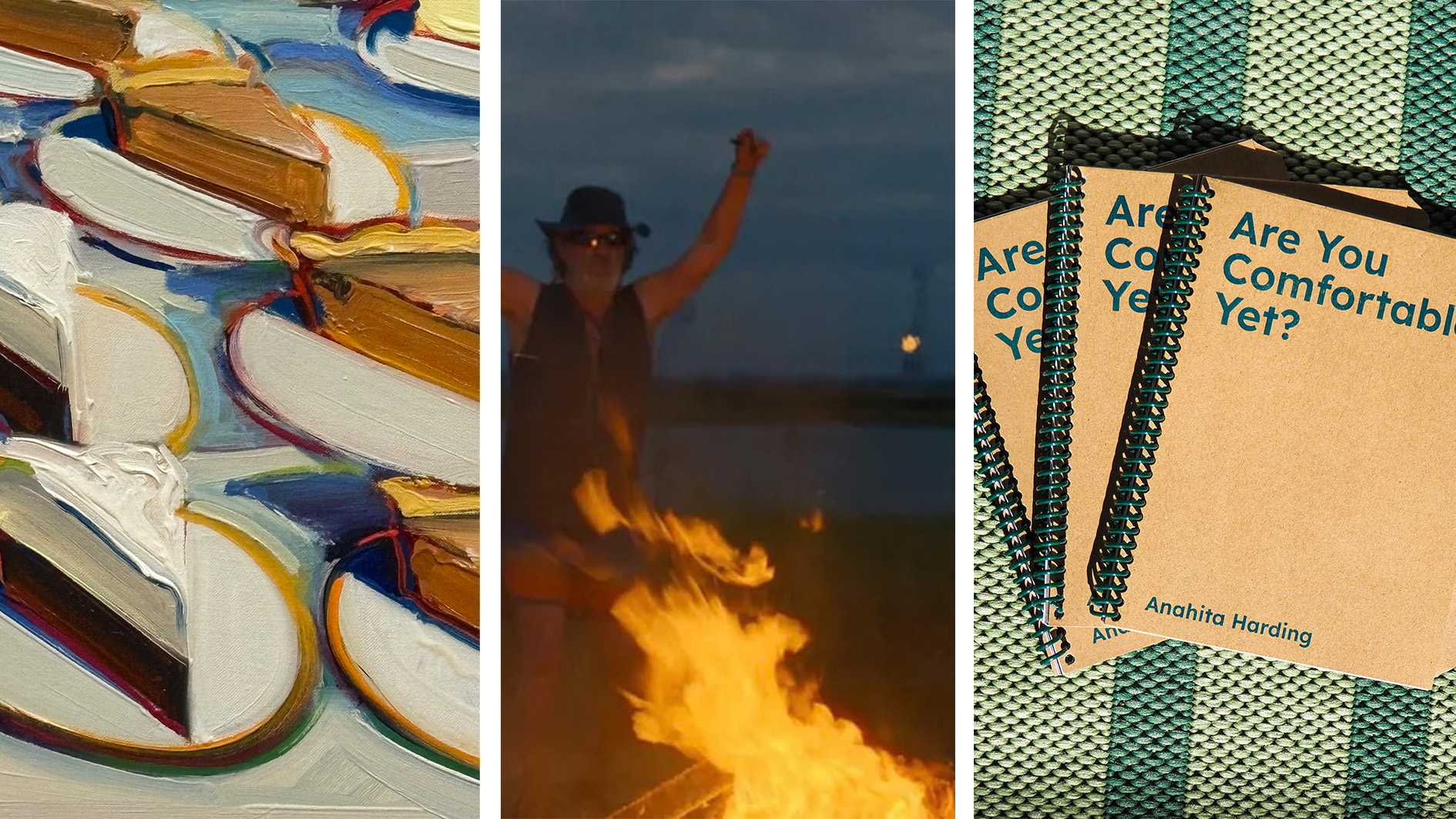 Out of office: the Wallpaper* editors’ picks of the week
Out of office: the Wallpaper* editors’ picks of the weekAs we approach Frieze, our editors have been trawling the capital's galleries. Elsewhere: a 'Wineglass' marathon, a must-see film, and a visit to a science museum
-
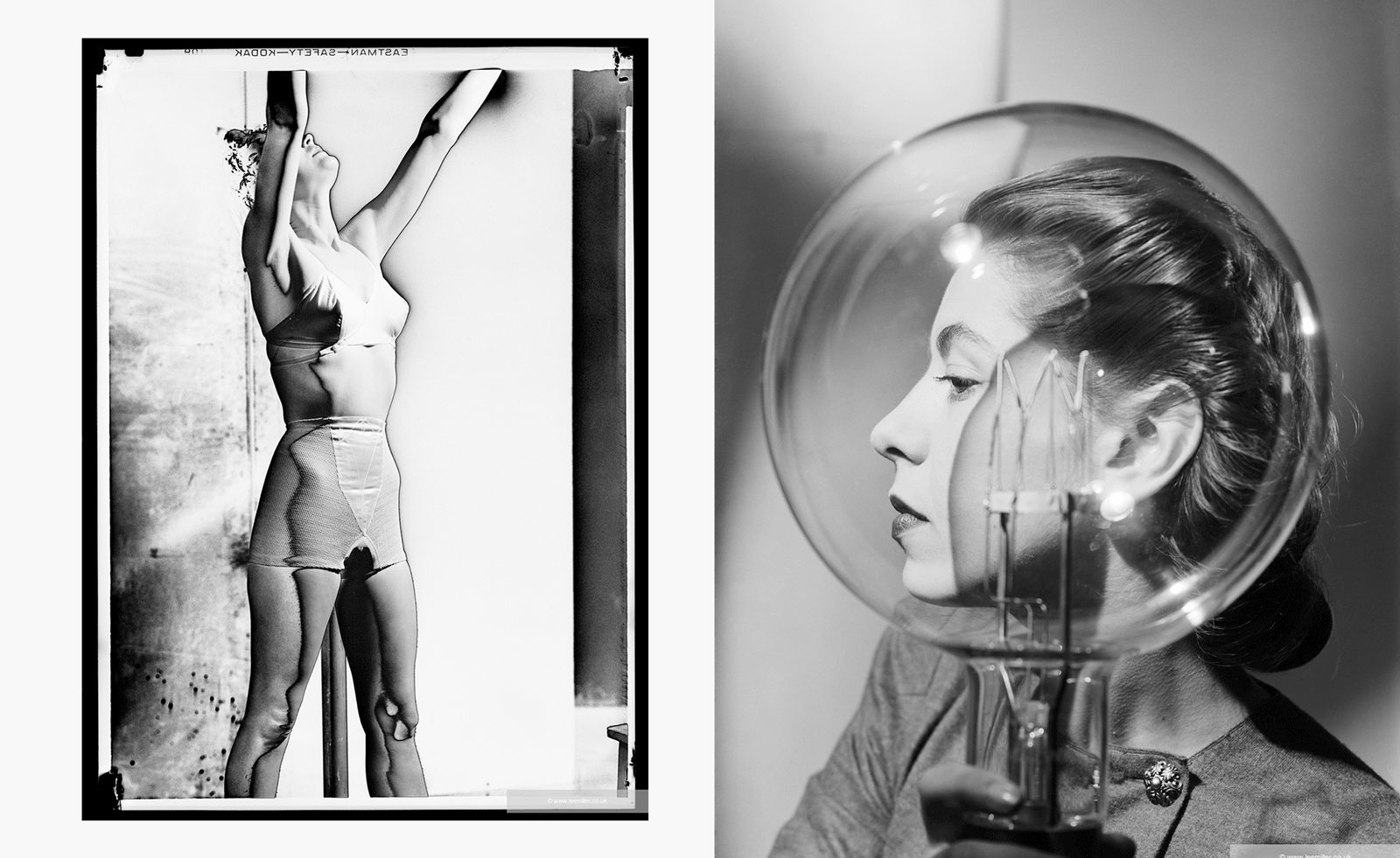 Photographer and surrealist Lee Miller gets a long-overdue retrospective at Tate Britain
Photographer and surrealist Lee Miller gets a long-overdue retrospective at Tate BritainLee Miller ushered in a new era with her avant-garde and raw photography. Now, Tate Britain celebrates her life's work
-
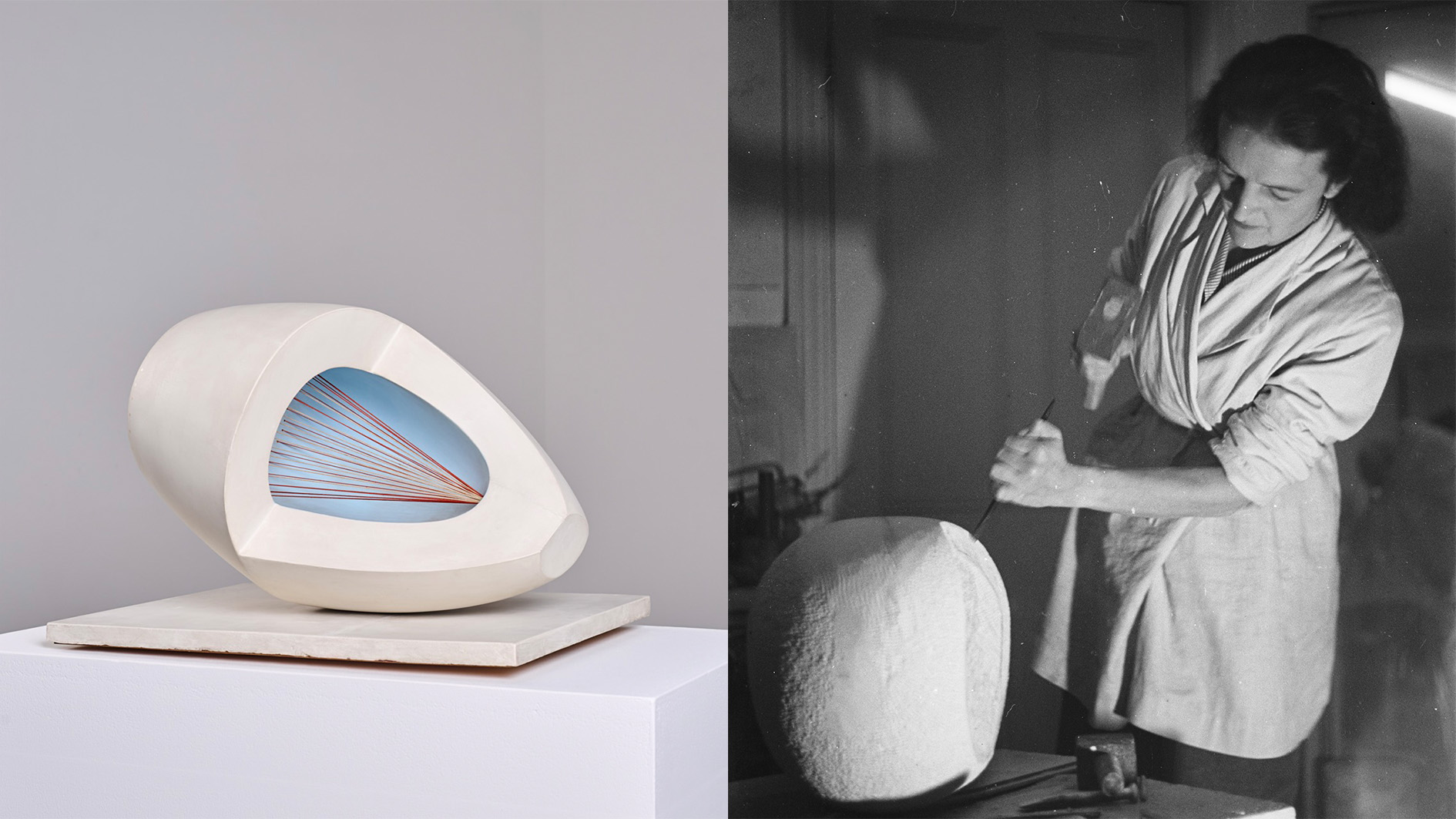 Inside the fight to keep an iconic Barbara Hepworth sculpture in the UK
Inside the fight to keep an iconic Barbara Hepworth sculpture in the UK‘Sculpture with Colour’ captures a pivotal moment in Hepworth’s career. When it was sold to an overseas buyer, UK institutions launched a campaign to keep it in the country
-
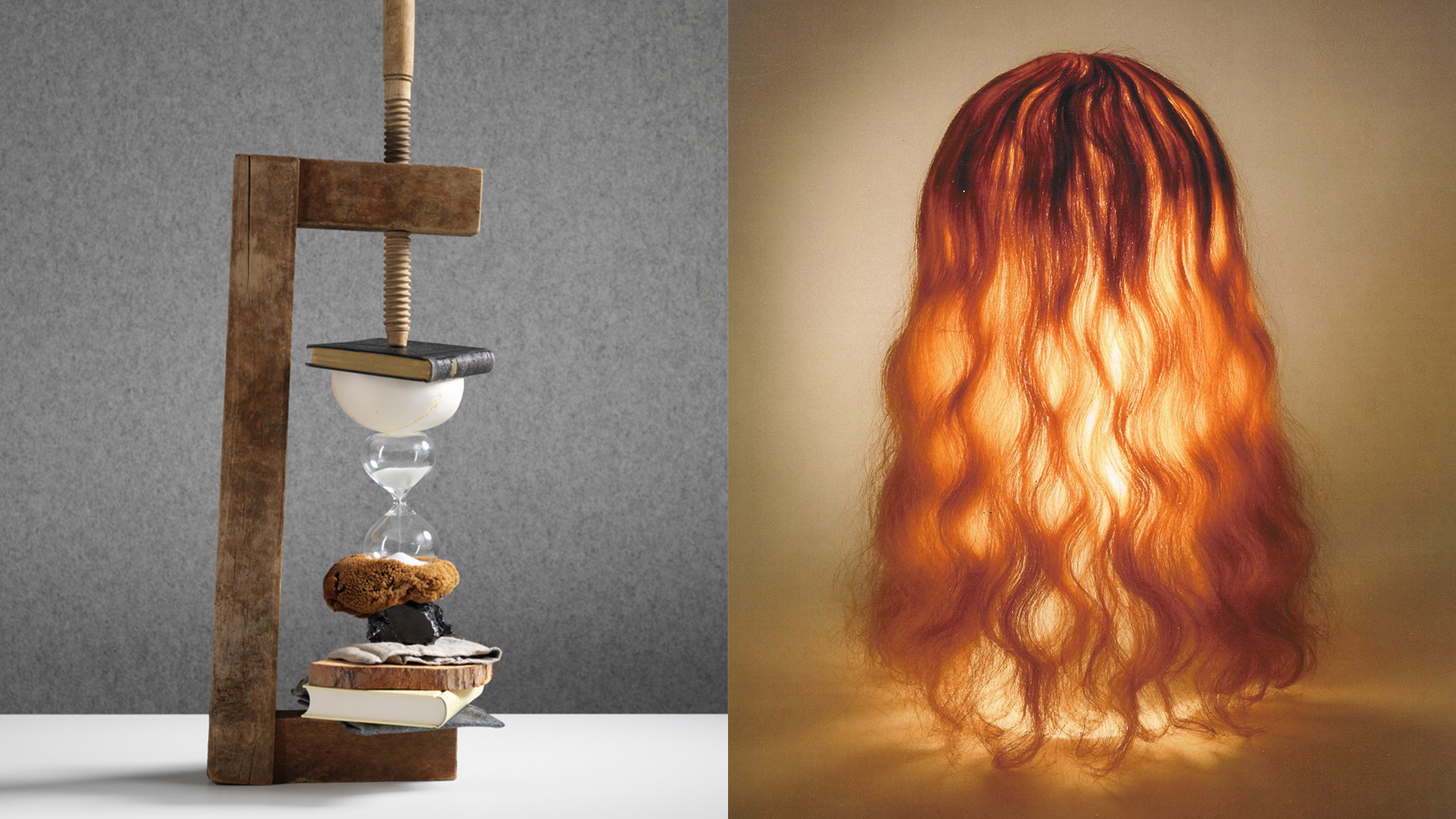 Rolf Sachs’ largest exhibition to date, ‘Be-rühren’, is a playful study of touch
Rolf Sachs’ largest exhibition to date, ‘Be-rühren’, is a playful study of touchA collection of over 150 of Rolf Sachs’ works speaks to his preoccupation with transforming everyday objects to create art that is sensory – both emotionally and physically
-
 Architect Erin Besler is reframing the American tradition of barn raising
Architect Erin Besler is reframing the American tradition of barn raisingAt Art Omi sculpture and architecture park, NY, Besler turns barn raising into an inclusive project that challenges conventional notions of architecture
-
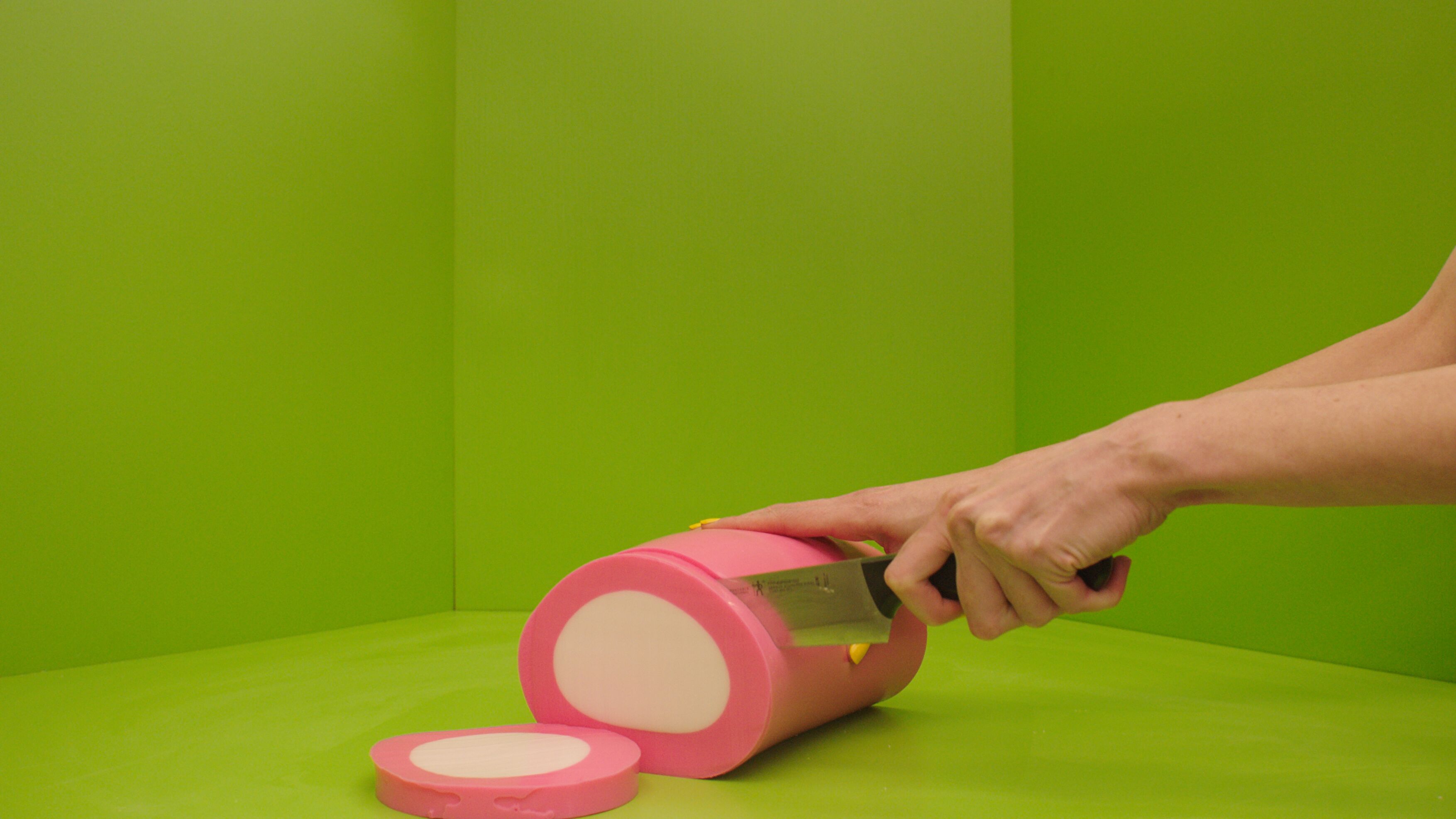 What is recycling good for, asks Mika Rottenberg at Hauser & Wirth Menorca
What is recycling good for, asks Mika Rottenberg at Hauser & Wirth MenorcaUS-based artist Mika Rottenberg rethinks the possibilities of rubbish in a colourful exhibition, spanning films, drawings and eerily anthropomorphic lamps
-
 San Francisco’s controversial monument, the Vaillancourt Fountain, could be facing demolition
San Francisco’s controversial monument, the Vaillancourt Fountain, could be facing demolitionThe brutalist fountain is conspicuously absent from renders showing a redeveloped Embarcadero Plaza and people are unhappy about it, including the structure’s 95-year-old designer
-
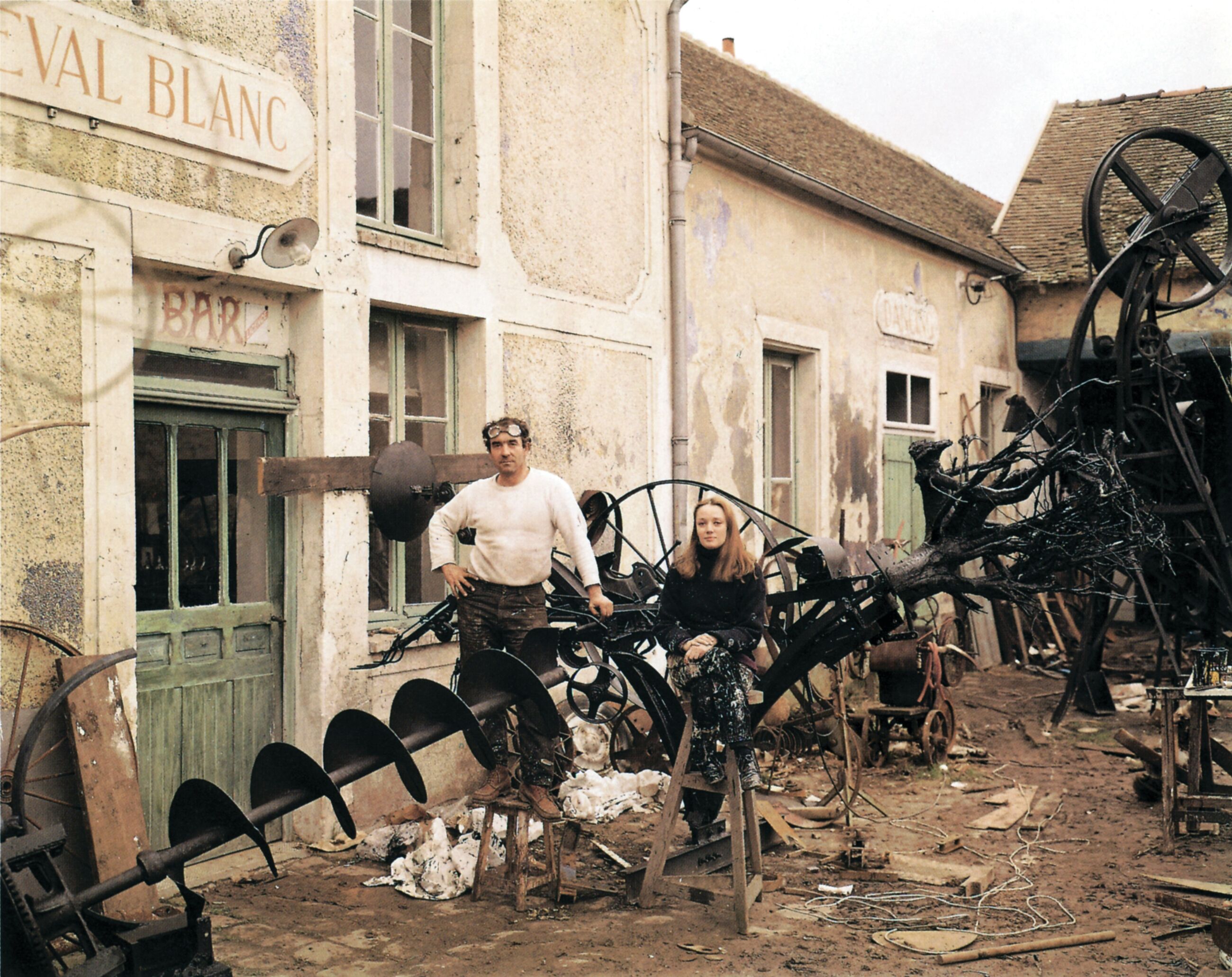 See the fruits of Niki de Saint Phalle and Jean Tinguely's creative and romantic union at Hauser & Wirth Somerset
See the fruits of Niki de Saint Phalle and Jean Tinguely's creative and romantic union at Hauser & Wirth SomersetAn intimate exhibition at Hauser & Wirth Somerset explores three decades of a creative partnership